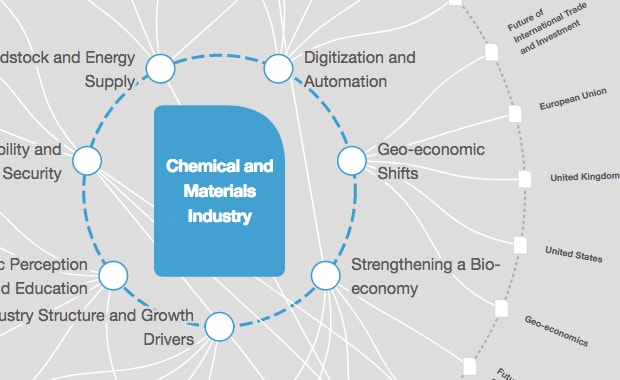A scientist might have just provided evidence for one of Stephen Hawking's most famous theories

In 1974, Stephen Hawking predicted that black holes might not be the bottomless pits we imagine them to be. Image: NASA

Get involved with our crowdsourced digital platform to deliver impact at scale
Stay up to date:
Chemical and Advanced Materials
Jeff Steinhauer, a physicist at Technion University in Israel, has created an acoustic black hole and observed particles slipping out of its grasp, providing the strongest evidence to date of one of Stephen Hawking's most famous predictions.
In 1974, Stephen Hawking predicted that black holes might not be the bottomless pits we imagine them to be. According to Hawking's calculations, some information might escape black holes in the form of energy, or Hawking radiation.
Here's how it works: Throughout the universe, matter-antimatter pairs of particles are constantly flickering in and out of existence (because matter and antimatter quickly annihilate each other).
But if one of these particles is dragged into the event horizon of a black hole — the point where not even light can escape — before the pair annihilates, the other particle might slip away as Hawking radiation.
Acoustic black hole
To test this prediction, Steinhauer created an analogue black hole using extremely cold atoms trapped in a laser beam.
When he applied a second laser beam, it made a sort of step that the atoms could flow over, kind of like a waterfall. As the atoms poured over the step, they accelerated, reaching supersonic speeds (faster than the speed of sound).
This created an acoustic black hole — sound waves inside the supersonic region couldn't escape because the condensate was flowing faster than the sound particles, or phonons, could travel.
It's like trying to swim against a river, Steinhauer told Business Insider. If the river is flowing faster than you can swim, then you can't move forward — you go back. That's like this phonon trying to escape the black hole.
When pairs of phonons were created near the analogue black hole, Steinhauer observed one particle falling in and the other escaping. This, he said, is analogous to a photon escaping a real black hole.
In 2014, Steinhauer observed this Hawking radiation, but in that experiment, the radiation was simulated — it was caused by something hitting the event horizon and creating the pairs. These new results are the first observation of quantum Hawking radiation, which means that the pairs were created all on their own, out of nothing.
Entangled pairs
Steinhauer also observed something called entanglement between the two particles. Entanglement is a quantum connection of sorts between particles. Entangled particles are somehow connected, regardless of the distance between them. So even if one particle falls into the black hole, the particle on the outside is still carrying the information of that particle.
This is the first time that anyone has ever produced evidence of entanglement between Hawking pairs.
Thinking about entanglement, Steinhauer said, is important to understand something called the information paradox.
According to quantum mechanics, information should never be lost. But as a black hole radiates Hawking radiation, it slowly evaporates until it disappears, along with all of the information inside it. If entangled Hawking radiation on the outside carries the information of particles on the inside, it would explain what happens to all of that information.
"The reason people care about black holes and Hawking radiation is not to learn about the black holes themselves so much as to test the new laws of physics," Steinhauer said. "Verifying that Hawking radiation really occurs is a good step toward trying to figure out what the new laws of physics are."
In this experiment, Hawking radiation occurred in the form of extremely weak sound waves, with one wave on the outside and one on the inside. In order to see these very slight waves, Steinhauer had to repeat the experiment 4,600 times, which meant six days of continuous experiments. But the hard work paid off.
"We've verified Hawking's calculation, and we've even seen that particles really are entangled," Steinhauer said. "I hope that this will give insight to physicists who think about real black holes."
Don't miss any update on this topic
Create a free account and access your personalized content collection with our latest publications and analyses.
License and Republishing
World Economic Forum articles may be republished in accordance with the Creative Commons Attribution-NonCommercial-NoDerivatives 4.0 International Public License, and in accordance with our Terms of Use.
The views expressed in this article are those of the author alone and not the World Economic Forum.
Related topics:
The Agenda Weekly
A weekly update of the most important issues driving the global agenda
You can unsubscribe at any time using the link in our emails. For more details, review our privacy policy.
More on Industries in DepthSee all
Robin Pomeroy
April 25, 2024
Abhay Pareek and Drishti Kumar
April 23, 2024
Charlotte Edmond
April 11, 2024
Victoria Masterson
April 5, 2024
Douglas Broom
April 3, 2024
Naoko Tochibayashi and Naoko Kutty
March 28, 2024






